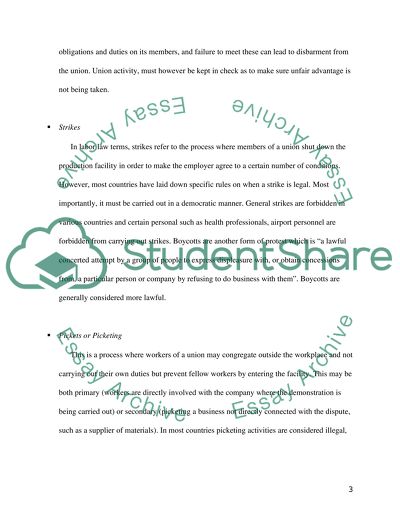Cite this document
(“Categories of Labor Laws Essay Example | Topics and Well Written Essays - 1250 words”, n.d.)
Retrieved from https://studentshare.org/law/1408720-labor-laws
Retrieved from https://studentshare.org/law/1408720-labor-laws
(Categories of Labor Laws Essay Example | Topics and Well Written Essays - 1250 Words)
https://studentshare.org/law/1408720-labor-laws.
https://studentshare.org/law/1408720-labor-laws.
“Categories of Labor Laws Essay Example | Topics and Well Written Essays - 1250 Words”, n.d. https://studentshare.org/law/1408720-labor-laws.


